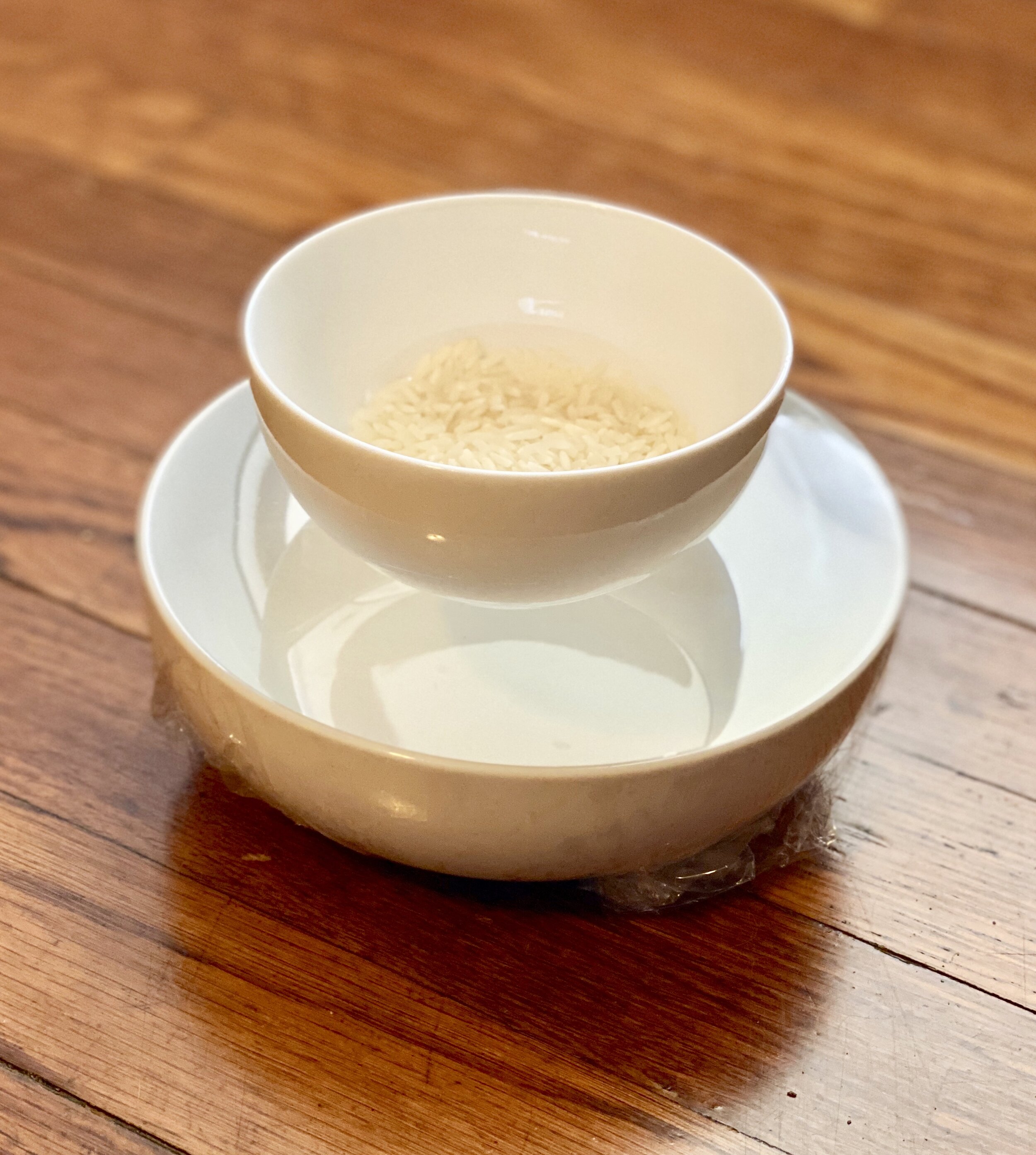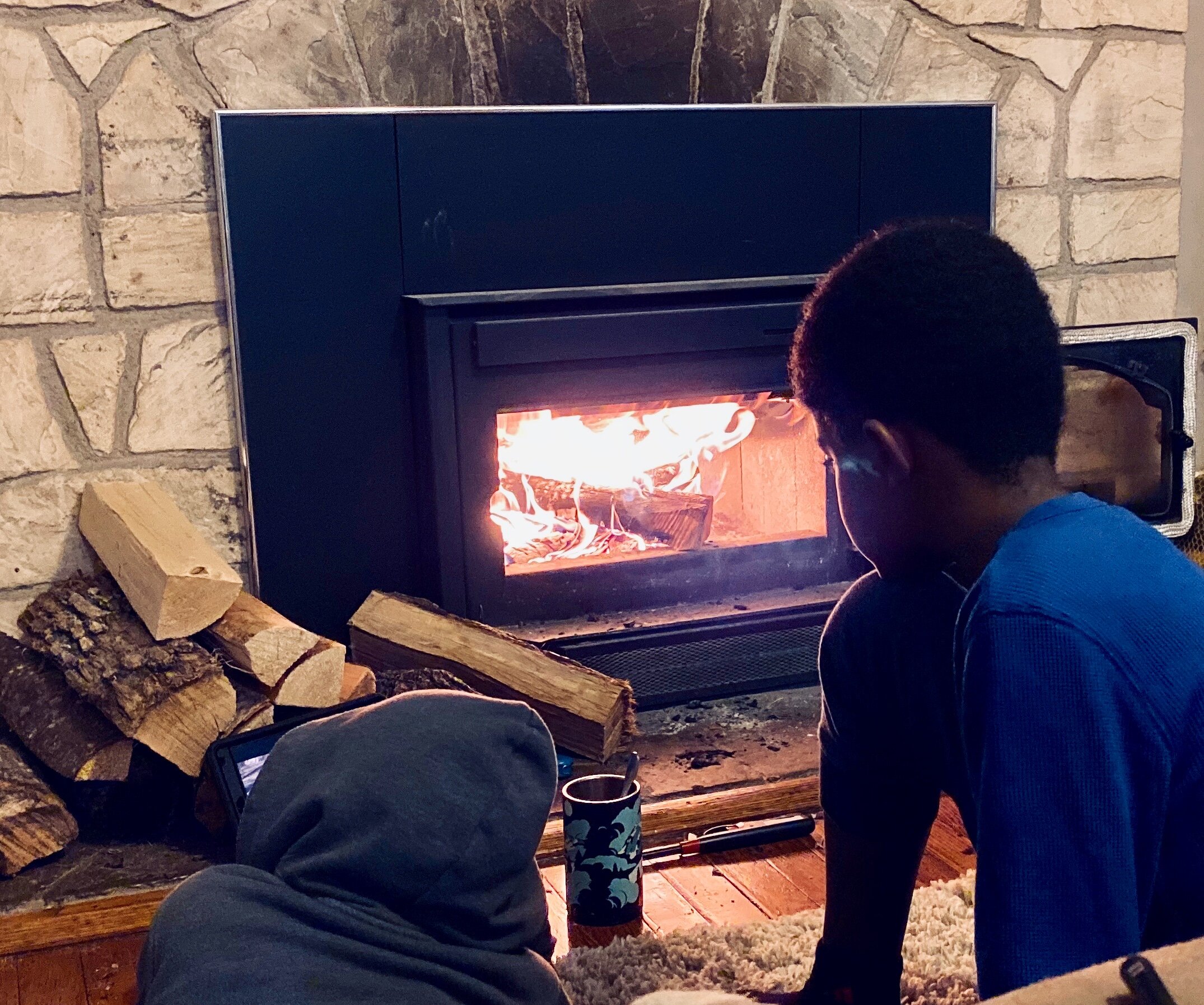The Science of Sound: Jumping Rice Experiment
A couple of weeks ago we had a short stretch of days where the weather was abnormally cold. In Texas, in November, this means the high temperature hovered around 40 degrees for three days straight. Northerners roll your eyes at us if you must, but remember this when you’re complaining of eighty degree heat in the middle of July and it’s 103 where we are. To my boys’ credit they had already spent a good portion of the third day outside bundled up and burning off energy but it was still chilly and they were over it.
They were also about to destroy my sanity with the amount of noise they were producing.
I needed a way to focus their energy-and quickly. “We need a science experiment,” I thought.
So, I dug through our science drawer and pulled out a little booklet that came with a science experiment kit we picked up a while back and started skimming the pages for something that was easy set up and that we had all the materials for. What I discovered was the Jumping Rice Experiment.
Materials:
Bowl*
Plastic wrap
Uncooked rice
Children capable of making an insane amount of noise.
Check. Check. Check. Double Check.
Procedure
To give this experiment a go, simply cover your bowl with plastic wrap, pulling it taught all the way around. You should have as few wrinkles as possible, the result resembling a drum head.
Sprinkle a few grains of rice on top of the plastic wrap.
Without touching their mouths to the “drum” and using a variety of pitches and volumes, have your kiddos experiment with making different sounds to try to get the rice to “jump.”
Try This
Yell (not great for your voice, but your kids are probably going to do it anyway)
Sing high notes
Sing low notes
Make short bursts of sound (clap once)
Make long, sustained sounds (hum)
My kids quickly became inspired to experiment with their instruments. They played different notes on my younger son’s violin, placed the bowl by the guitar amplifier while my older son played and they even asked to film the rice dancing to a little piano playing by yours truly.
What’s Happening?
Sound is created by disturbances in the air. These disturbances form a pattern of sound waves that cause physical objects to vibrate. In this case, the thin plastic wrap vibrates easily causing the light grains of rice to vibrate as well and appear to jump.
We ended up with rice everywhere (of course) and there was still a lot of noise, but I felt a little better knowing they were conducting focused, scientific research. (I use this term loosely!) Besides, after a quick clean-up, we settled down to some hot chocolate by the fire-killing an hour, saving my sanity and ending the day on a calm and peaceful….note.
🎶🎶🎶
🎶🎶🎶
*A ceramic or glass bowl will work best for allowing the plastic wrap to cling on its own. If all you have is a plastic container, try securing the plastic wrap with a rubber band.


